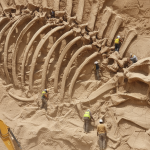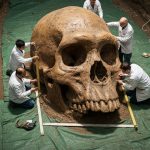Unveiling the Enigmatic Origins of Ancient Rome
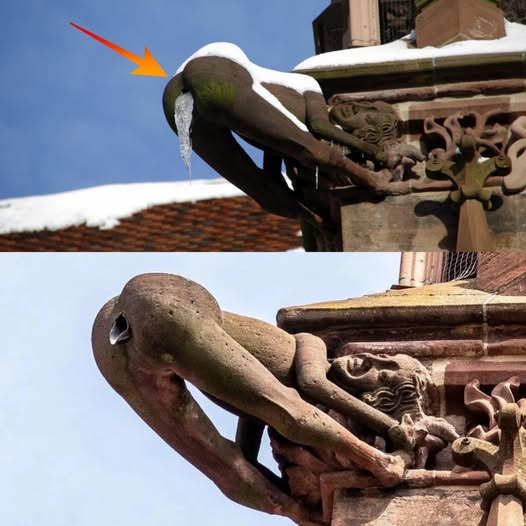
Unveiling the enigmatic origins of ancient Rome, legends whisper of children born without fathers, destined to drink the milk of ferocious wolves as a means of survival. These tales, steeped in myth and shadowed by ancient traditions, reveal the harsh yet mystical punishments that played a pivotal role in shaping the foundations of one of history’s greatest civilizations. Were these narratives merely symbolic initiations, or do they point to darker truths buried beneath Roman legend?

The story of Romulus and Remus, the legendary founders of Rome, serves as a prime example of this mythology. According to the legend, these twin brothers were abandoned as infants and discovered by a she-wolf who nurtured them. This imagery of the wolf, often revered as a protector in Roman culture, underscores the duality of nature—ferocity intertwined with maternal care. The notion that these children were fed by a wild animal speaks to the idea of resilience, survival, and the harsh realities of early Roman life.
As we delve deeper into these myths, we encounter rituals and punishments designed to test endurance and purity. The act of drinking from the wolf symbolizes not only physical survival but also a rite of passage into a society that valued strength and tenacity. These violent yet transformative experiences could have served as initiations, forging a collective identity among early Romans and instilling the values that would define their civilization.
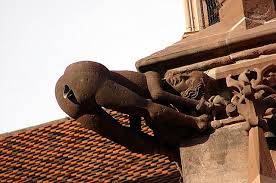
However, as we explore these ancient tales, the line between myth and reality begins to blur. The stories may contain echoes of real practices that once existed, perhaps reflecting societal norms or historical events that were later embellished into legend. Were these myths intended to convey moral lessons or to reinforce social hierarchies? The darker undertones suggest that the culture of ancient Rome was not merely about glory and conquest; it was also forged in the crucible of suffering and sacrifice.
The reverence for wolves in Roman mythology extends beyond mere symbolism. They were seen as embodiments of both protection and danger, mirroring the complexities of Roman society itself. This duality raises questions about what truly forged the Roman spirit—was it the valor of its people, the brutal realities of its origins, or the intricate tapestry of myths that shaped their collective consciousness?
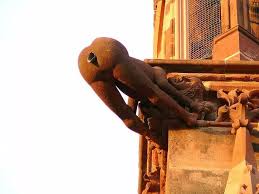
In conclusion, the origins of ancient Rome are a fascinating blend of myth, ritual, and reality. The legends of children nurtured by wolves reveal profound truths about survival, identity, and the values that underpin a civilization. As we unravel these stories, we are left with a deeper appreciation for the complexities of Roman history and the enduring power of myth to shape human experience. Ultimately, the legacy of ancient Rome invites us to reflect on the interplay between history and legend, urging us to question what we believe about the past and what truly defines the human spirit.






